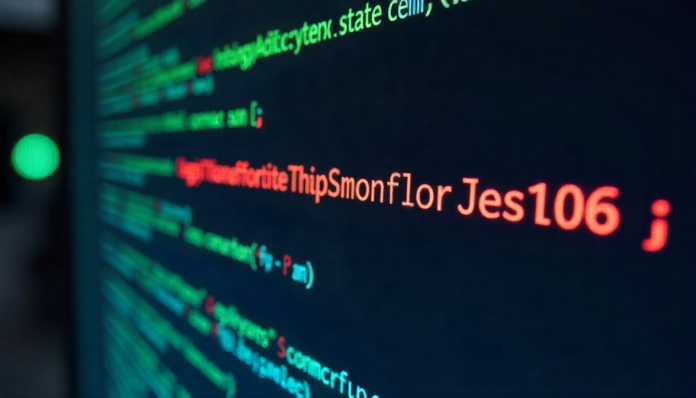When you try to access a webpage and see an HTTP 406 error, it can be confusing and frustrating. This status code appears when a server cannot provide content in a format that the client or browser can accept. In simple terms, the server has the data, but it is not in the format requested. This guide explains the causes, solutions, and prevention methods in clear language.
What Is HTTP 406 Error
The HTTP 406 error means the server understands the request but cannot provide a response that meets the client’s Accept headers. These headers tell the server which content formats, languages, or character sets are acceptable. If no match is found, this error appears.
Why Does HTTP 406 Happen
Several reasons can trigger this error. Common causes include incorrect Accept headers, server misconfiguration, outdated browser or application requests, or strict security filters on the server. Sometimes, plugins or third-party tools modify headers and cause conflicts.
How the HTTP 406 Error Affects Users and Websites
This error disrupts access to content, slows website performance, and reduces user trust. Additionally, frequent errors can harm SEO ranking as search engines may view the site as unreliable or technically unstable.
How HTTP 406 Works: The Technical Breakdown
During a request, the browser sends details such as Accept-Encoding, Accept-Language, and Accept-Charset. The server compares these values with available response formats. If none match, the server returns a 406 Not Acceptable status code instead of the requested resource.
Common Causes of HTTP 406 Error
Incorrect Header Configuration
Wrong or overly restrictive Accept headers block valid responses. For example, requesting only XML while the server provides JSON can lead to this error.
Server-Side Filters or Security Rules
Firewall rules, security filters, or Web Application Firewalls (WAF) may reject certain content types, triggering the error unintentionally.
Outdated Browser or App Requests
Old applications or browsers may send outdated or unsupported headers that the server cannot process correctly.
How to Fix HTTP 406 Error (Client-Side Solutions)
Clear Browser Cache and Cookies
Corrupted cached data or cookies may send incorrect headers. Clearing them forces a fresh request with updated values.
Update Browser or Application
Using the latest version ensures more accurate header support and better compatibility with server responses.
Disable Browser Extensions Temporarily
Certain plugins modify requests or headers. Temporarily disabling them helps identify whether they cause the HTTP 406 error.
How to Fix HTTP 406 Error (Server-Side Solutions)
Check Accept Headers on the Server
Configure the server to accept a wider range of content types. Adjust Content-Type and Accept settings in Apache .htaccess, NGINX config, or API response headers.
Inspect Rewrite Rules and Filters
Rewrite rules or mod_security settings may block certain content formats. Reviewing and adjusting them can solve this issue quickly.
Enable Fallback Response Formats
If the requested format is not available, configure a fallback option to deliver content in a supported format like HTML or JSON.
Preventing Future HTTP 406 Errors
Implement Proper Content Negotiation
Make sure the server supports multiple formats such as JSON, XML, and HTML. This increases compatibility with different client requests.
Test Website or API Across Browsers and Devices
Regular testing helps identify header-related issues early and ensures a smooth user experience.
Set up Logging and Monitoring
Monitor logs for repeated HTTP 406 status codes. This helps detect recurring header conflicts or configuration mistakes.
SEO Impact of HTTP 406 and How to Protect Rankings
Search engines struggle to index pages showing HTTP 406 errors. To protect your SEO performance, focus on:
- Fast error resolution
- Using correct Content-Type headers
- Providing alternate content formats
- Implementing proper structured data
Using AI Tools to Detect and Fix HTTP 406 Automatically
AI-powered platforms can analyze server responses, identify incorrect headers, and recommend optimal configurations. These tools help automate testing, monitor content negotiation, and reduce the chances of 406 Not Acceptable errors
Conclusion
The HTTP 406 error is preventable when you understand its cause and take timely action. By adjusting headers, optimizing server configurations, and monitoring requests, you ensure smooth user experiences and stronger SEO performance. Start reviewing your server and browser settings today to eliminate the error completely.
FAQs
1. What does HTTP 406 mean exactly?
It means the server cannot send content in any format accepted by the client based on its request headers.
2. Can HTTP 406 affect SEO ranking?
Yes, if search engines face this error repeatedly, it can harm indexing and visibility.
3. How do I fix HTTP 406 on my browser?
Clear cache, disable extensions, and update your browser to reset request headers.
4. What server settings cause HTTP 406 errors?
Strict Accept header checks, misconfigured rewrite rules, or blocked content types often cause this error.
5. How can I prevent HTTP 406 permanently?
Use flexible content negotiation, test APIs and websites regularly, and monitor logs for header mismatches.


